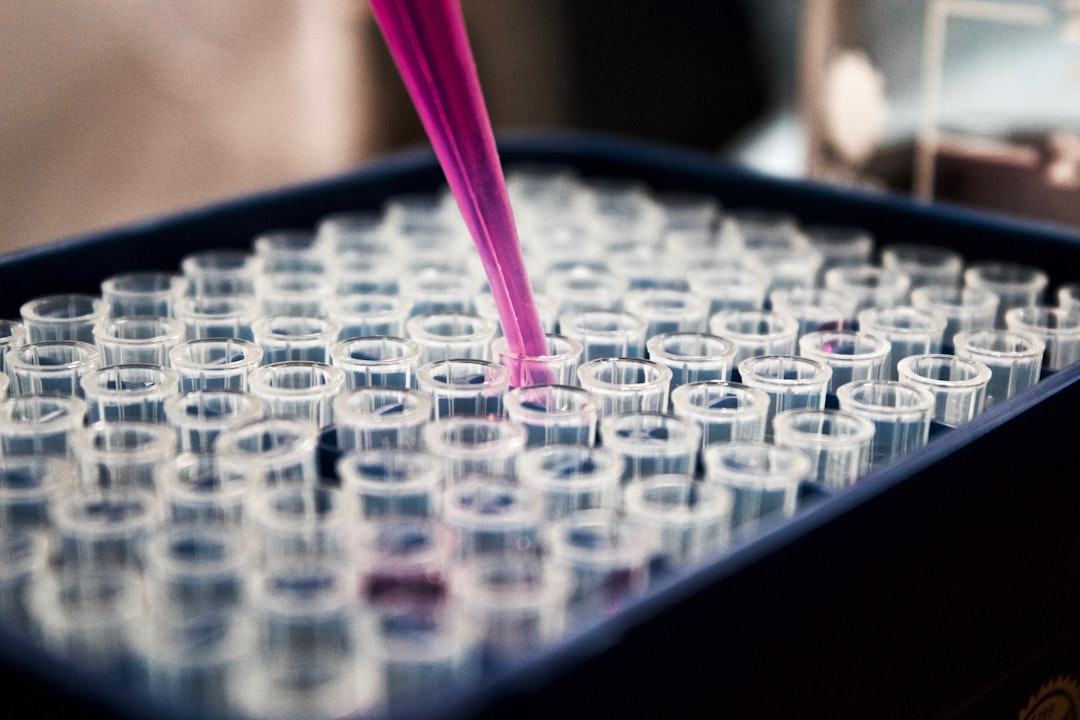What is it about?
Our paper is the first systematic analysis of clinical trial results in Clinicaltrials.gov. First, we find that there is no abnormal concentration of results just above the significance threshold, something that has instead been documented for results published in academic journals across a number of disciplines. This is good news about integrity of reported trials. Second, we document that sponsors with more favorable phase II results are more likely to continue to phase III investigations. So, incentives do matter, as they should. Third, we find that part of the excess amount of phase III significant results relative to phase II remain unexplained for small industry sponsors. This suspicious pattern is consistent with some selective reporting and suggests the need of tightening enforcement of registration regulation, especially for small industry sponsors.
Featured Image

Photo by Kendal on Unsplash
Why is it important?
Pharmaceutical companies make massive up-front investments to develop drug and under pressure on investigators to deliver positive results as fast as possible. So, we cannot take integrity for granted. Our results reassure us about the integrity of results reported at Clinicaltrials.gov, while also raising some concerns and new questions.
Perspectives
An important step towards transparency would be to ask investigators for ALL trials to make ALL their results and study protocols public on registries like ClinicalTrials.gov. Even though FDA legislation mandates disclosure for a large number of trials and prescribes fines for non-compliance, to our knowledge to date these rules have not been enforced. Over the last years, we witnessed an increased awareness of the importance of transparency in clinical research. This motivated many large companies to establish internal disclosure policies and take reporting of results more seriously. Our results suggest a need for tightening the enforcement for smaller companies—as well as public research institutions—for which reputational concerns might have less disciplining power.
Marco Ottaviani
Universita Bocconi
Read the Original
This page is a summary of: P-hacking in clinical trials and how incentives shape the distribution of results across phases, Proceedings of the National Academy of Sciences, June 2020, Proceedings of the National Academy of Sciences,
DOI: 10.1073/pnas.1919906117.
You can read the full text:
Resources
Contributors
The following have contributed to this page










